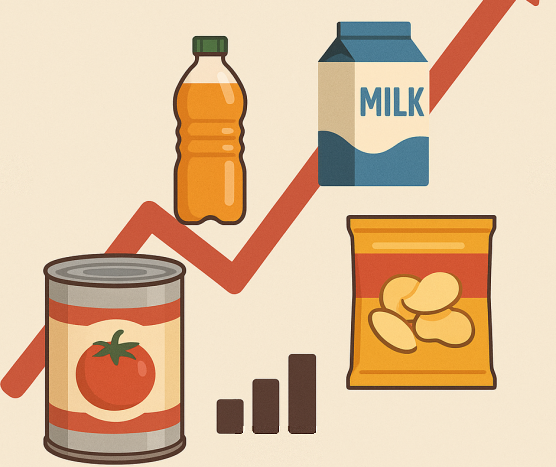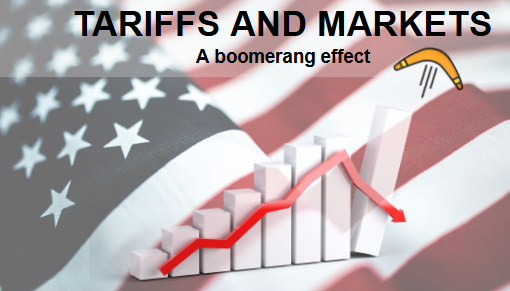Potential for Italian wine in the US after Airbus tariff
The importance of the elasticity of US wine demand
Published by Marzia Moccia. .
United States of America Food&Beverage Europe Export markets International marketing
The introduction of Airbus Tariff on EU export by the US administration is an opportunity to point out a highly interesting issue in pricing strategy for foreign markets: the elasticity of demand.
As anticipated in the article U.S. Tariffs On EU Products and EU competitive balance, US tariff actions affect European partners in a highly differentiated manner.
A particularly interesting case is the treatment of European exports of still wine. In particular, exports of still wine by France, Spain, Germany and United Kingdom were almost entirely affected. On the contrary, exports of still wine from European countries not included in the Airbus consortium are completely exempt from tariffs. Among these, the case of Italy stands out, which in terms of values constitutes, together with France, the main commercial partner of the segment for the American market.

Source: ExportPlanning
The tariff rate of 25% introduced, assuming a complete pass-through effect, leads to an increase in the prices of imports of still wine from the European countries affected. This could benefit other wine producing countries, in particular Italy due to its market position. On the basis of this, several commentators have highlighted many opportunities for Italian exports, underlying the introduction of Airbus tariffs.
According to economic theory, this reasoning is confirmed if the American demand for still wine is elastic, that is, when in case of a change in the final price, the requested quantity of the good undergoes a contraction in favor of well substituted. However, not always a change in price leads to a contraction in the quantity requested. In fact, when the quantity requested is little influenced by the price, we speak of inelastic question. For example, in the case of highly differentiated goods, the elasticity of demand at the price is close to 0. In this case, even if there is a change in price, the final consumer decides to buy the good anyway, because of the characteristics that differentiate it from the offer of competitors. If, therefore, the American demand for still wine is inelastic, the other commercial partners in the segment, such as Italy, would not necessarily benefit from it.
Thanks to ExportPlanning foreign trade data, we conducted an econometric analysis using a panel data[1] model in order to estimate the elasticity of American wine imports. For the sake of completeness of analysis, the estimate of elasticity was carried out for sparkling wine and still wine.
Elasticity of US imports of sparkling wine from the EU
The first model of analysis considered the U.S. imports of sparkling wine. In this case, the elasticity of the American demand for sparkling wine from EU countries such as France and Italy is not significantly different from zero. This result is a sign that the quantity requested does not tend to undergo significant variations as a function of price variations. European sparkling wine is therefore a highly differentiated good, for which the American consumer, at the time of purchase, expresses a preference according to quality and not to the price charged.
Elasticity of US imports of still wine from the EU
In contrast, in the case of still wine, the elasticity of U.S. imports tends to be significantly close to one. In this case, the result indicates that the quantity of wine requested tends to undergo a variation with the variation of the price practiced. Unlike what is shown for sparkling wine, therefore, for these products there seems to be a greater degree of substitutability and competition.
Conclusions
In the light of the empirical evidence that has emerged, the hypothesis of a possible gain in market share by the Belpaese and other wine producing countries that are not penalised by Airbus tariffs is absolutely well-founded.
[1]
The estimated model is as follows
| Product | Estimated coefficient of elasticity |
|---|---|
| Sparkling Wine | -0.2* |
| Still Wine | -0.8*** |
| (*p<.05, **p<.01, ***p<.001) |


